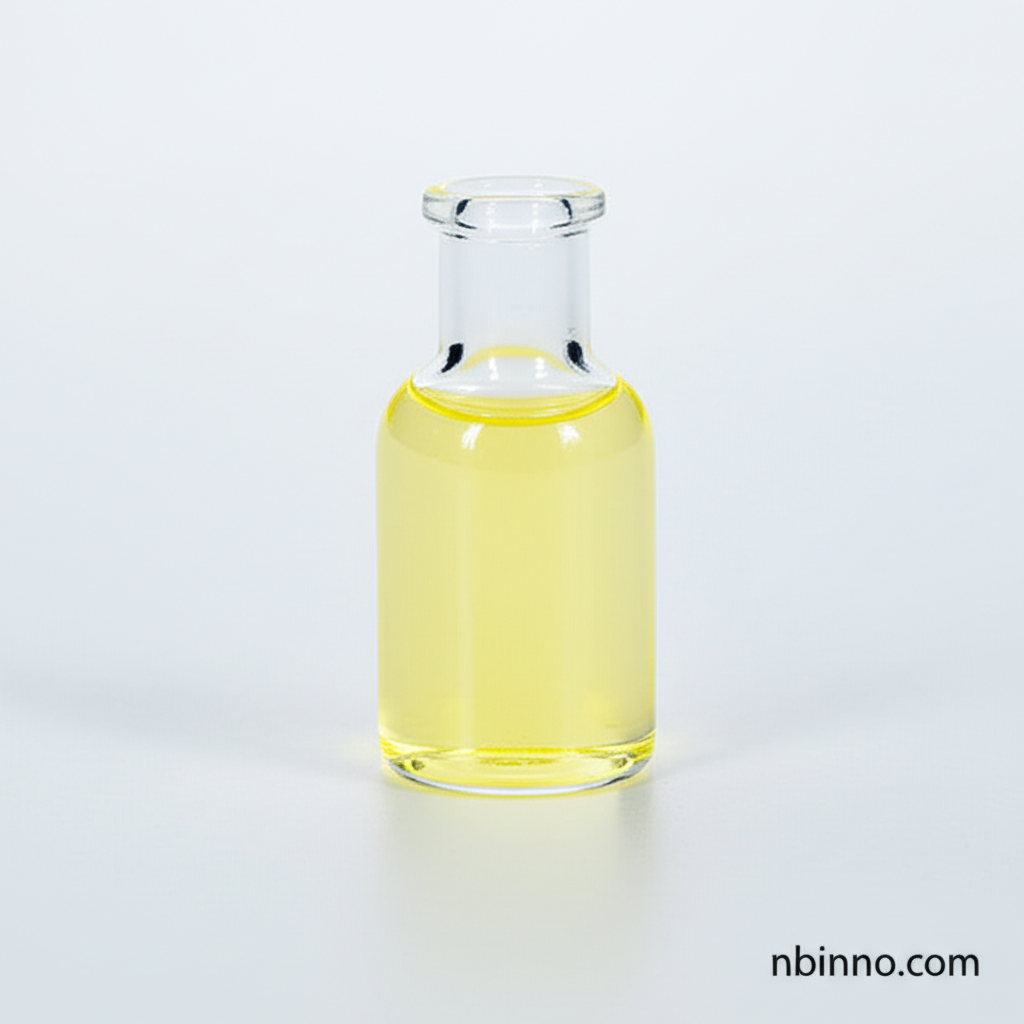High-Purity 2-Methyl-3-butyn-2-ol: A Versatile Intermediate for OLEDs and Specialty Chemicals
Discover the critical role of 2-Methyl-3-butyn-2-ol, a high-purity chemical intermediate essential for advanced electronic materials like OLEDs and vital in the agrochemical sector. Learn about its properties and applications.
Get a Quote & SampleProduct Core Value

2-Methyl-3-butyn-2-ol
As a leading manufacturer in China, we offer high-purity 2-Methyl-3-butyn-2-ol, a crucial building block for the synthesis of cutting-edge OLED materials and active ingredients for the agrochemical industry. Its unique structure and reactivity make it an invaluable component for specialty chemical applications.
- Unlock advanced OLED functionalities with our high-purity 2-methyl-3-butyn-2-ol for OLED synthesis, ensuring optimal performance and color purity in display technologies.
- Explore the potential of CAS 115-19-5 chemical intermediate in developing next-generation agrochemicals, contributing to more effective and sustainable crop protection solutions.
- Secure a reliable supply of 2-methyl-3-butyn-2-ol from China, benefiting from competitive pricing and consistent quality for your manufacturing needs.
- Leverage the versatility of high purity butynol for agrochemicals, enabling the creation of novel compounds with enhanced efficacy and reduced environmental impact.
Advantages Offered by the Product
Exceptional Purity for Demanding Applications
Our commitment to quality ensures that our 2-Methyl-3-butyn-2-ol meets stringent purity standards, making it ideal for sensitive applications such as OLED material synthesis, where impurities can significantly affect device performance.
Versatile Chemical Reactivity
The unique acetylenic alcohol structure of 2-methyl-3-butyn-2-ol provides a reactive site for a wide range of chemical transformations, supporting innovation in both specialty chemical manufacturing and the development of novel agrochemical compounds.
Reliable Sourcing from a Trusted Supplier
As a trusted specialty chemical manufacturing raw materials provider from China, we ensure a stable and dependable supply chain, allowing you to focus on your production and research without worrying about material availability.
Key Applications
OLED Material Synthesis
This compound serves as a crucial building block in the synthesis of advanced materials used in Organic Light-Emitting Diodes (OLEDs), contributing to brighter, more efficient displays. Our product supports OLED material synthesis with exceptional purity.
Agrochemical Industry
Used as an intermediate, it plays a role in the development of new agrochemicals. Exploring high purity butynol for agrochemicals can lead to more effective and environmentally friendly crop protection agents.
Specialty Chemicals
Its reactive nature makes it a valuable intermediate for a wide array of specialty chemicals, enabling diverse synthesis pathways for various industrial applications.
Organic Synthesis
As a fundamental organic compound, it's a versatile reagent for numerous organic synthesis reactions, facilitating the creation of complex molecules. This aligns with the need for versatile chemical intermediate options.
